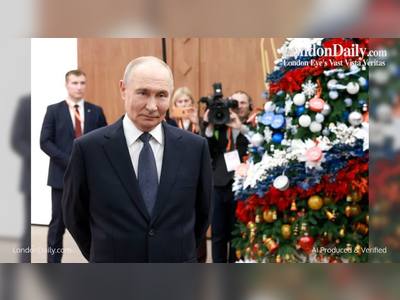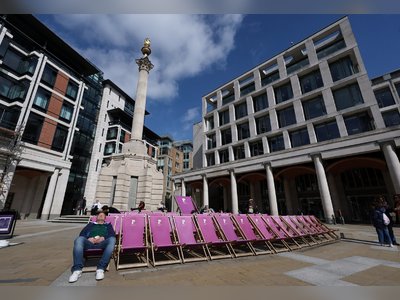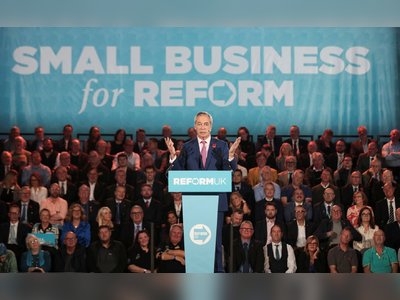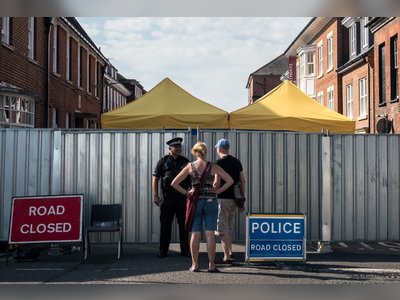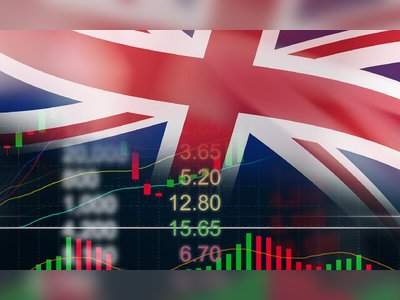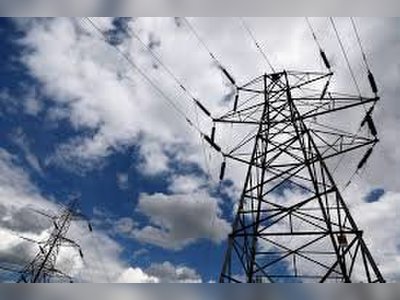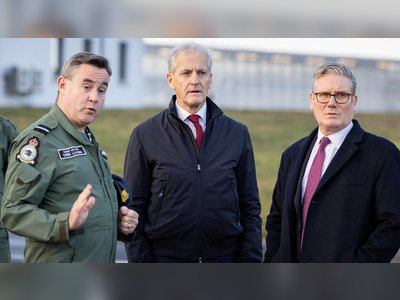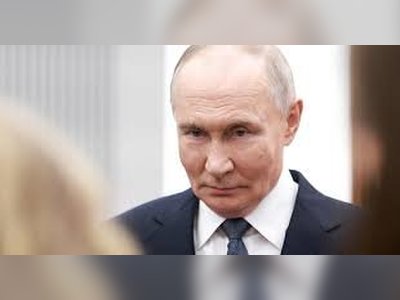How face masks became part of the Hong Kong identity
Hard though it may be to believe, there was once a time when no one in Hong Kong wore a mask in public except for a laugh. Unless you were unfortunate enough to find yourself in hospital, masks were for jokers. (Or the Japanese – along with onsen and bonsai, they were considered part of that country’s arcane customs.)
Six weeks after the planes flew into the World Trade Centre, in September 2001, Central’s Pottinger Street was selling rubber masks of Osama bin Laden in time for Halloween. Eighteen months later, as the war in Iraq was about to begin, Raymond Wong – TVB’s man in Kuwait – donned a gas mask for a muffled on-camera report about chemical weapons. Oh, how we smirked.
That was the second week of March 2003. Already medical workers at the Prince of Wales Hospital, in Sha Tin, were falling mysteriously ill. Soon, the joke was on us: severe acute respiratory syndrome (Sars) revealed itself as the real biological weapon and in the following three months it would kill 299 people here (and 475 in the rest of the world). Although Covid-19 seems to be doing a better job of global domination this time round, for Hong Kong Sars was the more deadly experience.
In its desperation for armour, the city turned to masks. Then, as now, they were in short supply. Then, as now, there wasn’t strong evidence they gave full-on protection. Even if you wore them continuously in the outside world, the virus could still scythe you down at home: the single worst cluster, in Amoy Gardens, in Ngau Tau Kok, killed 42 residents via their bathrooms.
But a belief took hold that masks would protect you, even if you wore them dangling from your ear or clasped under your chin or damp with the germ-laden moisture of your own breath; and that psychology has never left.
After Sars, the government had to persuade people to take off their masks: they may have been a community crutch but they weren’t a good look for tourism. By then, however, trust in Tung Chee-hwa’s administration was evaporating.
I’ve kept a folder of cuttings from that time. Initially, I’d just labelled it “Sars” but there’s an additional scribble – “Democracy March” – because one ran into the other. The march was against the enactment of a national security law; it took place on July 1, 2003, eight days after the World Health Organisation removed the city from its Sars-affected list and, with a crowd of half a million people, it was Hong Kong’s first huge post-handover protest.
Throughout last year’s protests, which began against the amendment of another law, the British colonial flag flew above the crowds. Once more, people disappeared behind their masks (including, apologies to Raymond Wong, gas masks). We seem to have travelled full circle between two variations of a virus shaped like a crown. In that time, the mainlanders have come. And, for now, gone.
In 2003, the headlines read WHO, WHO, WHO. Seventeen years later, it’s still the same question of identity, more urgent, even less answerable. In Italy, they are singing unity from their balconies; but in Hong Kong, the twilight chorus of the protests has stopped and the nights are silent.
And so the city retreats into its solitary facelessness. Masks remind me of childhood hospital stays and paramilitaries and I fear them. They convey something uncanny, less than human. Often these days, I walk from Kennedy Town along Victoria Road – a thoroughfare that commemorates a crown – past the graves of 1894’s plague victims and the memorial arch of the old Tung Wah Smallpox Hospital, as far as the cemetery. The visitors emerge swathed and blank; the only faces to be seen are on the gravestones. All the way, the pavement is lined with fallen cotton-tree blooms, like scarlet shuttlecocks; and pale blue masks that have been wilfully discarded as if any sense of community has gone.
You can sense the isolation in these photographs. The deaths are far fewer this time round; the divide so much greater. What is that child on this week’s cover – half-schooled this year – thinking from his tram perch? I watched a boy crying recently as his mother put on his mask. Head to head, she lovingly smoothed it all over his face as he sobbed, her bare fingers rubbing their droplets into it … In life, no one ever gets it completely right but maybe, in a few months, when the masks are unnecessary and the city unveils itself, a new cycle can begin for the next generation.










